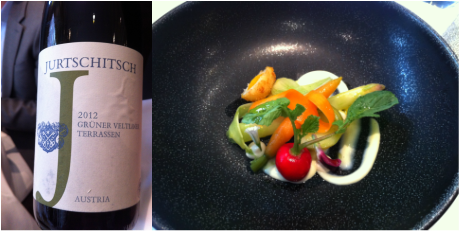
That's how this food and wine fan ended up with a voucher for a meal at The Square, and not just any meal, but the Tasting Menu in this 2 Michelin starred restaurant. That's the kind of apology I love. Back in the days of corporate life, I could afford such extravagances fairly regularly. Now it's a rare treat and perhaps all the better for it.
Easter Saturday turned out to be one hell of a day. I started with a delicious Manzanilla sherry, and there was a great selection of gins for Mr Purple Teeth and our dining companions.
The Square's Tasting Menu can be paired with the Sommelier's Selection of matching wines, providing a different glass for each course. This is definitely worth doing in many restaurants, particularly if you're unsure about food and wine matching. And it's a great way to find out about wines you may not ever experience otherwise. My friends always like me to flex my wine knowledge, though, and it can be a challenge when faced with the giant tomes that make for the wine list in this type of establishment.
To take the pressure off, I opted to start off with a bottle of Grüner Veltliner which was the recommended pairing for the first course: "Salad of Spring Vegetables with Montgomery Cheddar, Crisp Quail Egg, Shoots and Flowers".
As salads go, this was exceptional. And Austria's signature grape was a great match, cutting through the rich cheese and balancing the herbaceous flavours with it's fresh, spicy green pepper notes. There must have been over 30 processes in this little dish. It sure beats opening a bag of mixed leaves and throwing on some cherry tomatoes.
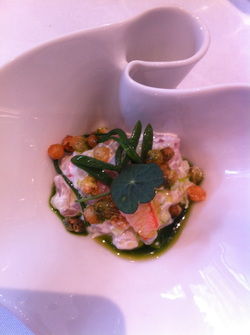
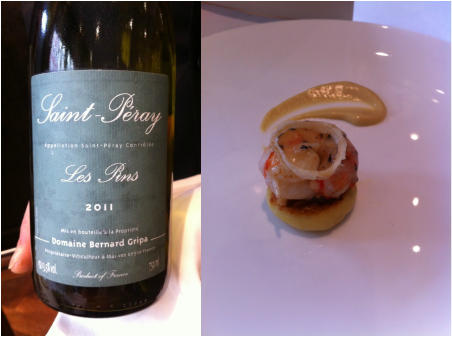
Again, this appeared a very simple dish, but was just bursting with flavour. In many ways the parmesan gnocchi was the star of the show. You know when a dish makes you ask to meet the chef that you've got seriously good food in front of you.
The recommended wine here was a Viognier, but I had to choose a bottle that would see us through this course and possibly 2 others. I felt Viognier may be too perfumed for the job, but I wanted something relatively creamy and full-bodied. Discussing with the sommelier, "Mohammed Mohammed from Egypt" he claimed, I opted for a Marsanne (with about 20% Roussanne). As with the suggested Viognier, the Saint-Péray Les Pins (available for £19 a bottle at The Wine Society), is a northern Rhône appellation, and the wine was a great match for the dish with fresh citrus, florals, almond nuttiness and a delicate oak influence. I'm happy to discover I can buy it retail as it was a real treat and a great alternative to the white Burgundy that had first come to mind, not to mention significantly cheaper.
Our friendly sommelier indulged in good banter about the wine choices and really added to our enjoyment. When I asserted this wine would likely prove a better match than the suggested Viognier, he poured me a small glass so that I could compare. I'm a real fan of Viognier, but in this case, I think it slightly dominated the delicate langoustine. Still, it was lovely and I'm sure I'd have been happy with it, had I gone for the matching wines selection.
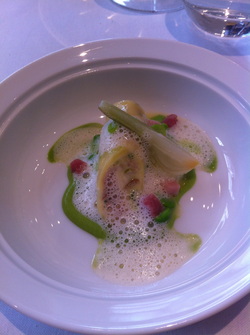
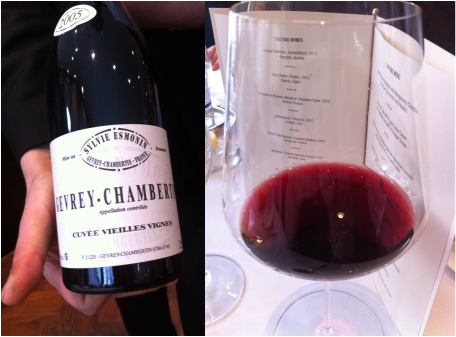
After a little debate with my trusty Mohammed on Nuit-Saint-Georges or Gevrey-Chambertin, we opted for the Sylvie Esmonin Cuvee Vielle Vignes 2005. No surprise to Purple Teeth readers that the words "old vines" swung it for me. Eye-wateringly expensive, sadly, but I definitely won the challenge. The boys bought a second bottle. Forgive me if the detail for the rest of the meal is light. Tipsy doesn't begin to describe the condition I was poured out of the restaurant in. But back to this silky elegant wine.

I haven't been able to track the exact wine down in retail, except with a 6 bottle minimum for £372! but the 2011 version is available at Berry Bros & Rudd if you have the patience to wait till it's ready. At £45 a bottle, it'll really pay to keep it in the right conditions for a year or two.
It's first challenge was to pair with Slow Cooked Fillet of Brill with Crushed Jersey Royals, Pickled Celery, Mussels, Clams & Cider. This was a rich and buttery fish dish which allowed us to concentrate fully on the wine by playing the quiet dinner guest who is delightful company because they are quick to please but otherwise don't say much. I'd managed to keep a bit of my Marsanne back to go with this too, since I had the benefit of the additional Viognier.
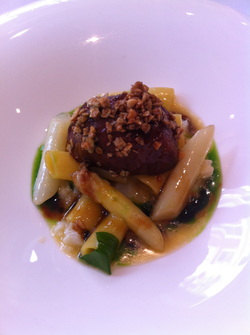
We followed this with a 14 months aged Montgomery Cheddar coated in Malt Beer Caramel, with Pickled Onions and Digestive Biscuits. Trust me when I say it was a lot more sophisticated than it sounds. The second bottle of Burgundy made me forget to take its picture. On the tasting menu, it was to be paired with a beer. I think we got the better deal, if a lot more expensive!
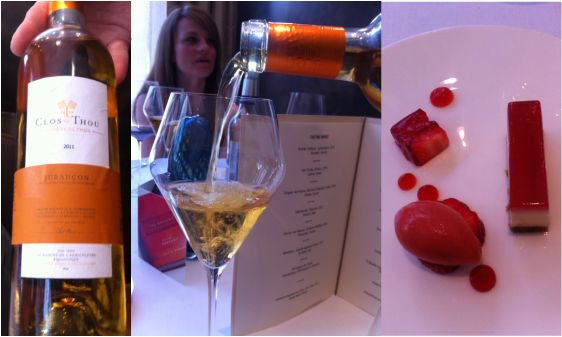
Brillat-Savarin Cheesecake with Strawberries was first, and was everything you'd expect, creamy, elegant, refreshing and packed with serious fruit flavour.
For the dessert wine, I felt I had to economise after our extravagance on the red. Did anyone hear that stable door slam?
Jurançon Clos Thou was perfect for the job. The Petit Manseng from south west France has the perfect balance between acidity and sweetness to pair with many desserts and in particular, the "main dessert". Flavours of ripe citrus mingle with passion fruit, peach, nectarine and candied orange peel create a taste explosion. Again, I can't find this for sale locally by retail, but Waitrose have a Decanter Gold Medal winning Jurançon sweet wine on offer (Chateau Jolys £14.49 for 75ml), that's really worth a try with almost any kind of dessert, or, as sometimes happens at Chateau Purple Teeth, FOR dessert.
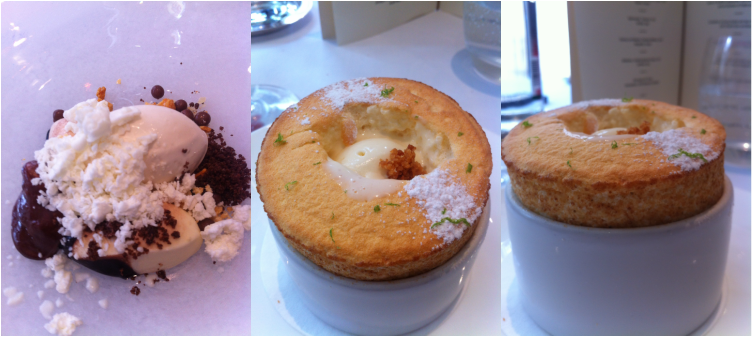
If I could have just 3 courses, I'd choose this soufflé, the veal cheek and the very first salad, although the langoustine cries out to be eaten again too. Adding up the cost of the day will simply be too depressing, so I'll just thank my brother for picking up the food tab, and try not to be overly concerned about the wine costs, because, life's too short to drink bad wine, right?

Cheers!
| | |

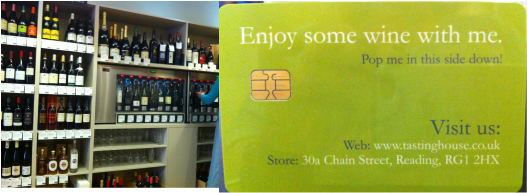
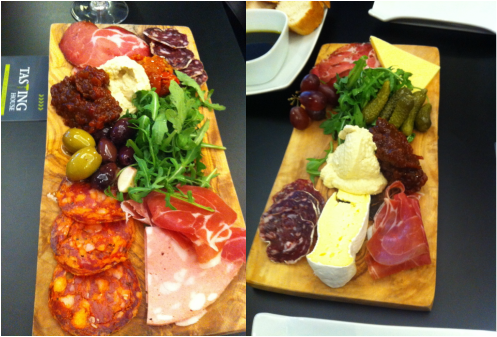
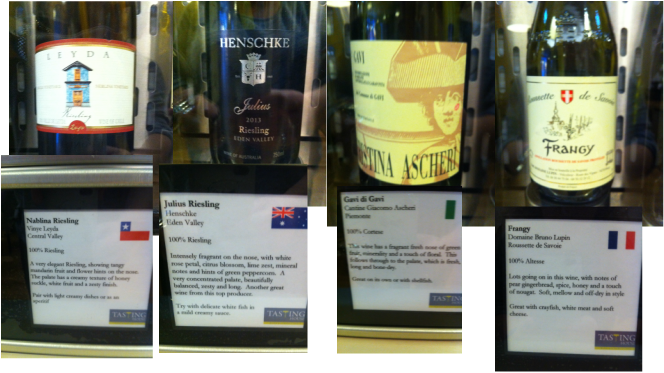
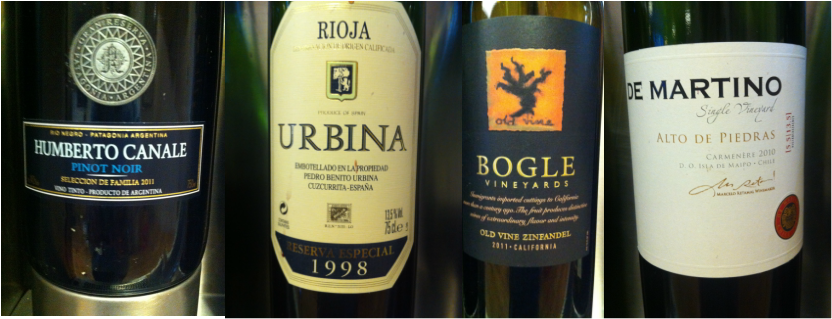
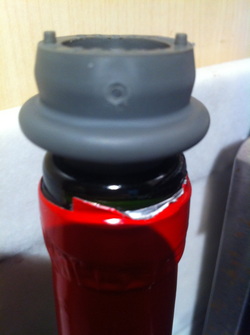
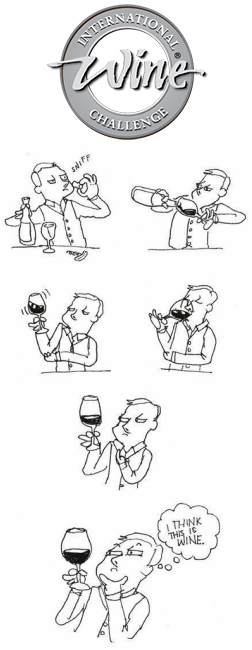
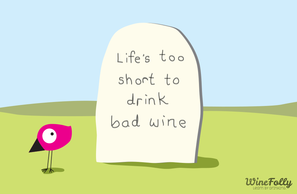
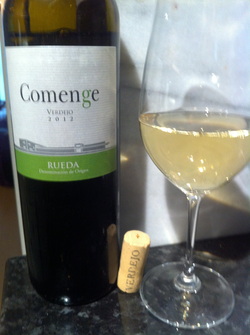


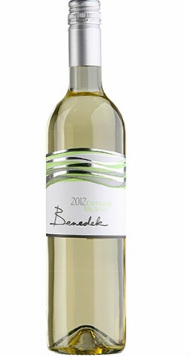
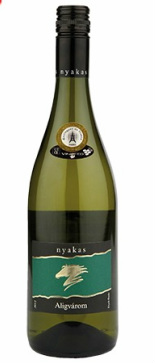
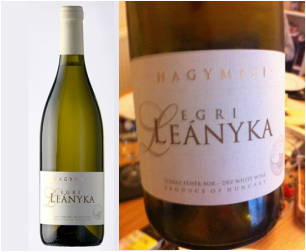
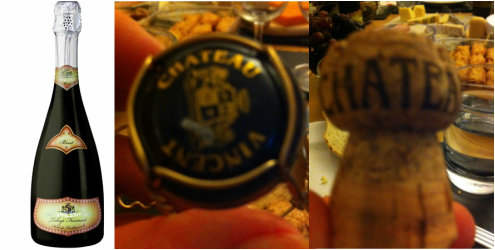
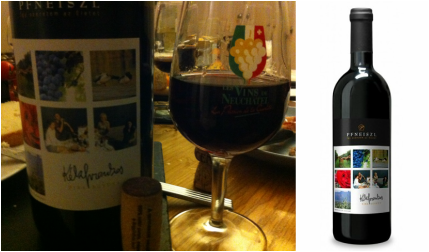
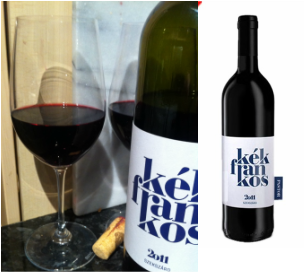
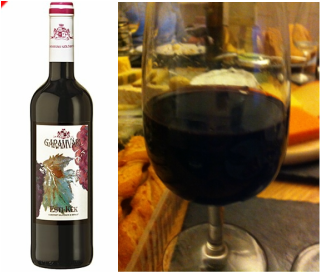
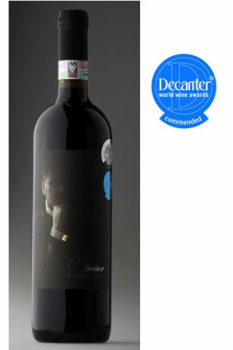
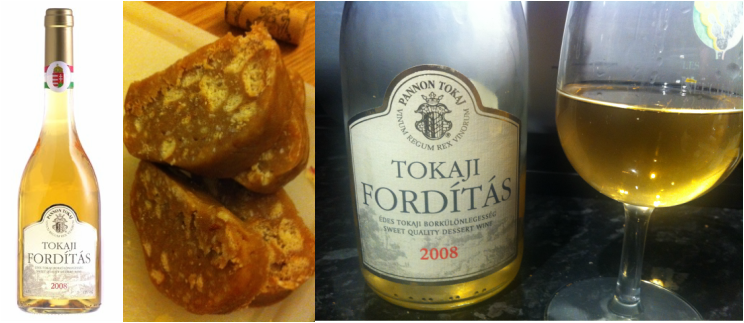
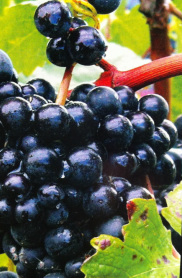
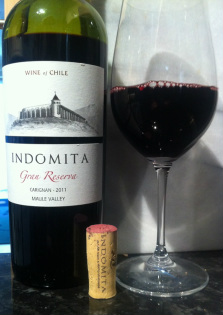
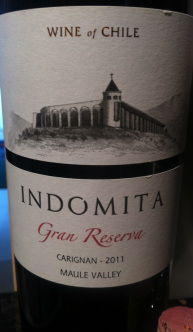
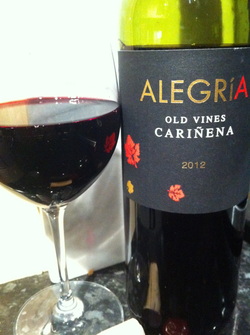
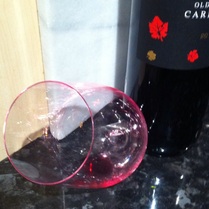

 RSS Feed
RSS Feed
